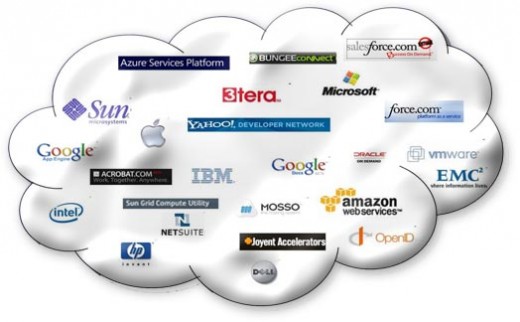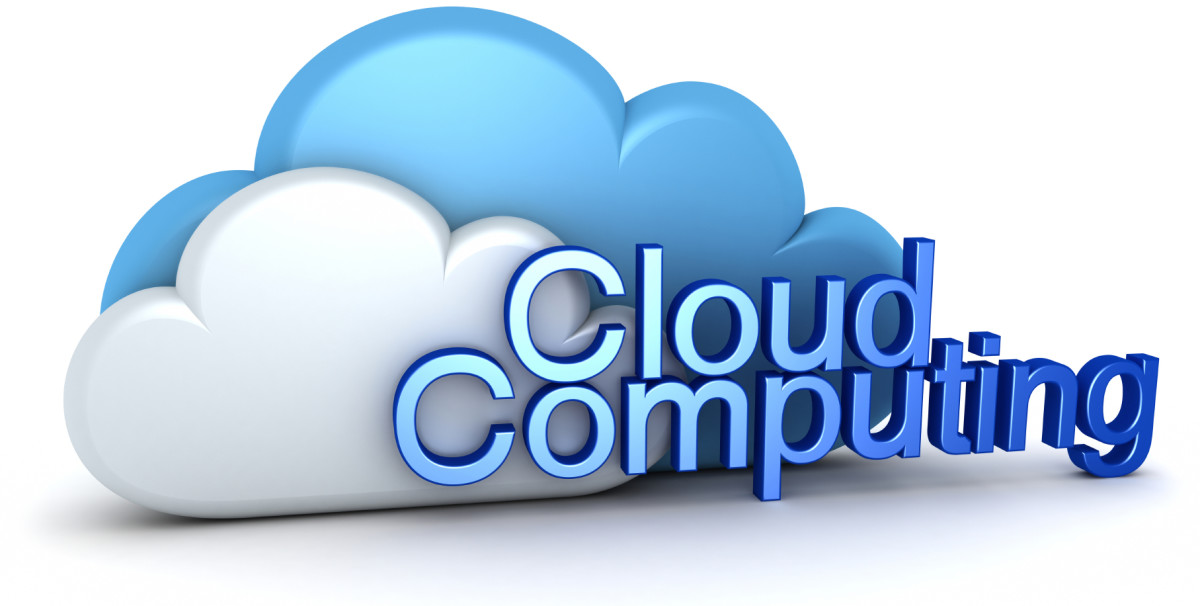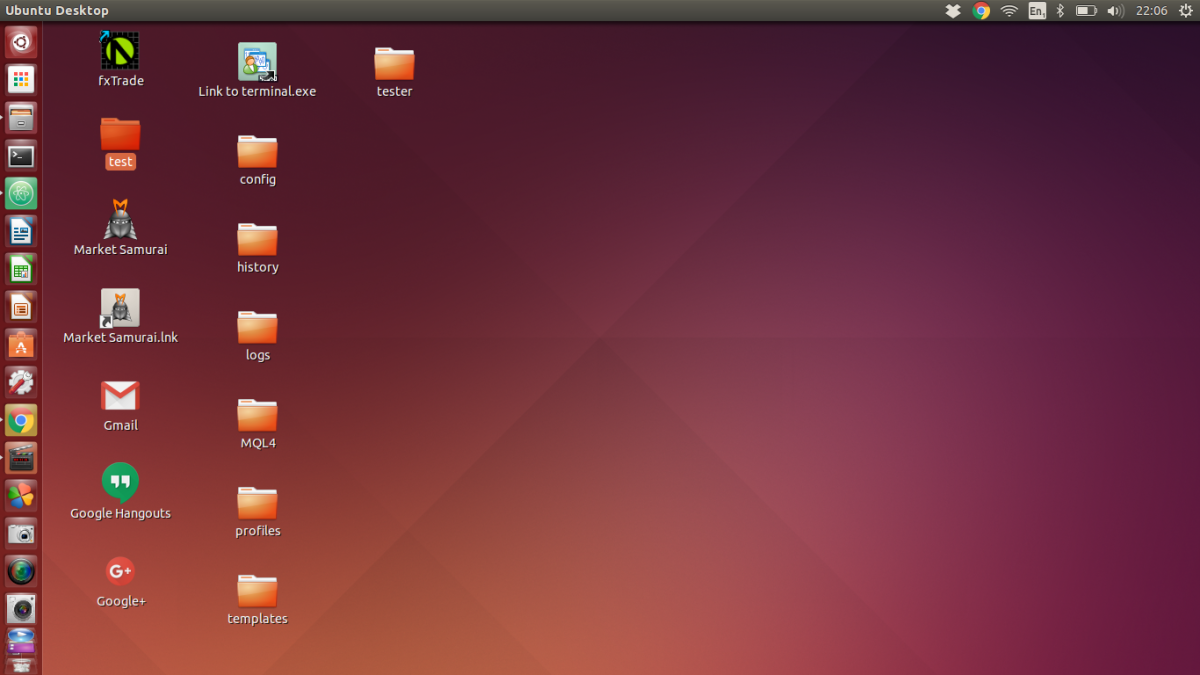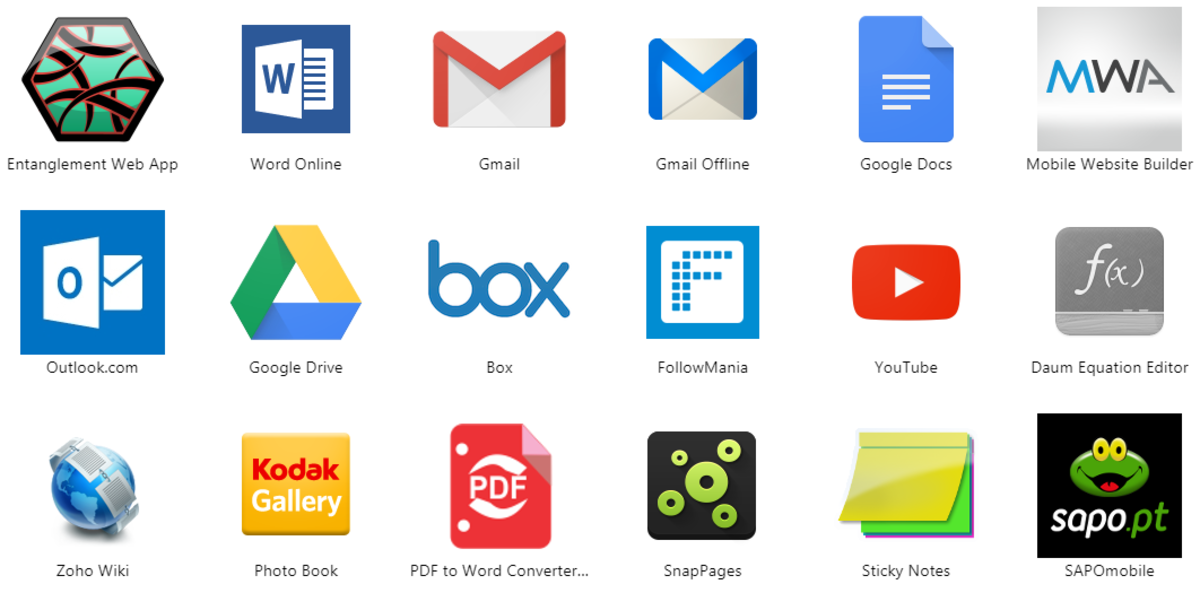Cloud computing a.k.a. Software-as-a-Service, what to use it for?
Computing in the cloud

An introduction to cloud computing
The term ‘Cloud Computing’ refers to a computing model in which IT applications and services are delivered to customers over the Internet. Cloud computing is very different from conventional on-premise computing approaches in which companies buy, install, maintain and upgrade their own hardware and software infrastructures and data centers. With cloud approaches, companies sign up or subscribe with a third-party company for the hardware, software and application services they require. The services are then delivered in utility-like fashion over the Internet and customers pay for it based on actual usage.
For instance, rather than buy an enterprise-wide license for a particular software package, a company could sign up with a cloud service provider and have the same software delivered as a service. Similarly, instead of buying servers and other hardware for running applications, a company could just have their software hosted on hardware running in a datacenter that is owned and managed by a cloud service provider. When a cloud service provides a hosted software service, the model is sometimes also known as Software as a Service (or SaaS). When a cloud provider delivers hosted hardware services, the delivery model is sometimes also referred to as infrastructure-as-a-service.
With cloud services, all of the actual infrastructure and software is owned and maintained by the hosting provider. As a result, cloud hosting is widely seen as helping companies reduce the cost and complexity involved in running and maintaining IT applications and services in-house. A cloud provider hosts client applications and client data on systems and data centers that can literally be located anywhere in the world. The systems are connected together via high-speed networks that allow data to be stored and retrieved with great speed.
One high-profile example of a modern cloud services provider is Google. The search engine giant’s Google Cloud delivers a wide range of hosted applications collectively called Google Apps. The company’s software as a service offerings include a suite of office productivity applications such as word processing and spreadsheets. The company also offers hosted applications such as enterprise e-mail and calendaring applications. Salesforce.com’s suite of cloud-hosted customer relationship management tools is another example of a popular SaaS offering. Salesforce in many ways is considered a pioneer in this space and today has thousands of customers who access its applications over the Web.
Cloud services have been gaining in popularity over the past few years and growing numbers of big and small companies have begin migrating to it recently. Even the BBC is writing about cloud computing. Much of its popularity stems from the fact that cloud services give companies a way to significantly reduce IT costs and complexity. A company that moves all its applications to the cloud no longer has to maintain an on-premise IT infrastructure and neither do they have to worry about all the associated maintenance, administrative, support and upgrade costs. Cloud services allow companies to quickly access the IT services and applications they need and pay for only the resources they actually use, much as one would pay for any utility service. Cloud providers lessen the need for companies to maintain extensive pools of skilled IT staff in-house and lets them focus on their core competencies instead. Large cloud services such as Google and Amazon also offer far more scalability than most companies would be able to match with on-premise solutions.
Enterprises can make use of cloud technologies in multiple ways. For instance, one area where companies can benefit quickly by moving to the cloud is e-mail. A vast majority of support calls and help desk issues are tied to e-mail applications, so companies can quickly address these issues by having a third-party host e-mail. Word processing, calendaring and other office productivity tools are all applications that are better off being delivered as a service. Companies around the world have begun using the cloud for other applications as well including enterprise resource planning (ERP) applications, supply chain applications and for data analytics and business intelligence needs as well.
Best use practices
Hosting in the cloud:
Something that is becoming increasingly popular use of cloud computing is hosting in the cloud. This means you setup your website with a cloud provider. You will have the same benefits like high availability and stability as with cloud computing, as well as lower costs. The difference with cloud computing is that you are responsibly for running your website, where with SaaS the software provider is responsible. But it is a great and cost effective option to setup your website on the same platform Amazon for example. You can read more on this on the hub: Hosting In The Cloud: What is it and how can you use it?
Content Distribution Networks:
Large content distribution networks (CDN) like Akamai are using a cloud infrastructure for their thousands of server around the globe. This way they can give an almost 100% uptime to their customers, since there are always lots of server as backup if one fails. A CDN is optimized for delivering content as fast as possible. You can read about this on "Why you should use a CDN for website optimization".
The Google Cloud:
As mentioned above, Google is running a huge cloud. At first it was only used to power up their search engine, but now they are running Google Apps on that same platform. And for developers they have an very interesting alternative for building and hosting web applications on the Google infrastructure, called Google App Engine. And if you want to know more about the Google platfrom, Wikipedia has in interesting article.Here you can read more about the hardware, their network and the datacenters running the platform.
Salesforce CRM:
One of the pioneers, and leading company when it comes to Software-as-a-Service. Salesforce.com offers an extensive line of CRM products, and is rapidly growing. Because of their SaaS approach, they can scale fast and easily and offer their products at competitive prices. They quickly caught up with bigger competitors like Oracle and Siebel. They also launched Force.com, which is considered an Platform-as-a-Service (PaaS). On Force.com you can build and deploy your custom built on top of the Salesforce.com platform.
Zendesk Help Desk Software:
On a smaller scale than Google or Salesforce, there's Zendesk. Zendesk provides award winning help desk software, and is becoming a big SaaS platform itself due to tons of options to integrate with other SaaS products (like Salesforce.com). Their engineering team recently shed some light in their platform setup, and hopefully they will give some more details in the future.
Groupon:
Mashable did an interesting article about Groupon, and how is it using cloud services to scale up it's business. You can read the article here: How Groupon Uses the Cloud to Scale Its Business.
Businessweek also has a well informed article about cloud hosting providers, and the call it "The Cloud: Battle of the Tech Titans". A must-read if you want to know more about the big players, both as provider as well as customer.
Cloud computing stats
Here is in interesting infographic displaying some cloud computing stats. As you can see, cloud computing is becoming huge.
Read more about cloud computing
Read some of my other Hubpages
- Hosting In The Cloud: What is it and how can you use it?
One of the most common "buzz terms" floating around today is cloud hosting. Despite the growing popularity of cloud computing in general, few people actually understand what these terms really mean. It's... - Why you should use a CDN for website optimization
This article will show you how to use an CDN (Content Distribution Network) to optimize your site, and lower the loading times of your site.









